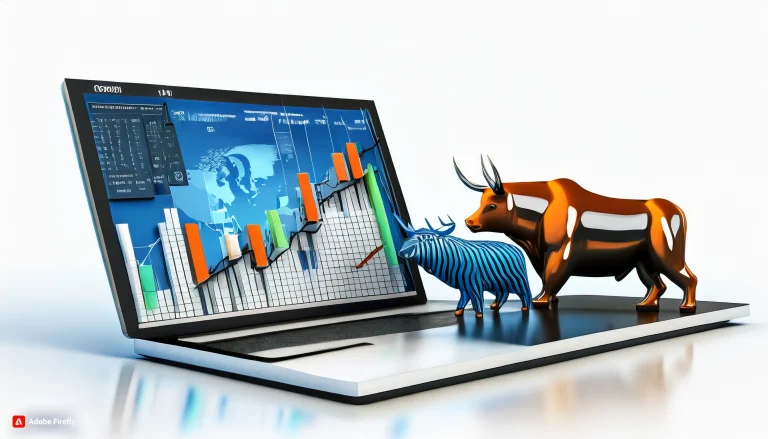Introduction:
In the dynamic world of forex trading, mastering the intricacies of various terms and concepts is crucial for success. One such fundamental aspect that every trader encounters is the “spread.” In this comprehensive guide, we will delve into the concept of what is spread in forex, its significance, and how it influences your trading decisions.
What is Spread in Forex?
The spread in forex refers to the difference between the bid and ask prices of a currency pair. In simpler terms, it is the cost of executing a trade and is measured in pips. The bid price is the maximum a buyer is willing to pay for a currency pair, while the ask price is the minimum at which a seller is ready to sell. The spread in forex, then, represents the broker’s profit margin.
The Components of Spread:
To fully grasp the concept, let’s break down the components of the spread in forex:
Bid Price: This is the price at which a trader can sell a currency pair.
Ask Price: Conversely, the ask price is the rate at which a trader can buy a currency pair.
Spread: Calculated by subtracting the bid price from the ask price, the spread in forex is the cost incurred when entering a trade.
Significance of Spread in Forex Trading:
Transaction Costs:
The spread in forex is the primary way forex brokers earn revenue. Instead of charging a commission, brokers make their money through the spread in forex, making it an integral factor to consider when choosing a broker. Traders should balance competitive spreads with other important aspects like regulation and trading conditions.
Liquidity and Volatility:
The spread in forex is not constant and can fluctuate based on market conditions. In times of high volatility or low liquidity, spreads in forex tend to widen. Understanding the market environment and adjusting your trading strategy accordingly is vital to managing the impact of variable spreads in forex.
Impact on Profits and Losses:
The spread in forex directly affects a trader’s profitability. When entering a trade, the initial position is in a loss equal to the spread in forex. Therefore, for the trade to become profitable, the market must move in the trader’s favor by at least the amount of the spread in forex.
Choosing Currency Pairs:
Different currency pairs have different average spreads in forex. Major pairs, such as EUR/USD, typically have lower spreads in forex compared to exotic pairs. Traders often consider the spread in forex when selecting currency pairs, aiming for a balance between volatility and transaction costs.
How Brokers Determine Spreads:
Market Conditions:
Brokers adjust spreads in forex based on market conditions. During periods of high volatility, when there is increased uncertainty, spreads in forex tend to widen to account for the higher risk.
Liquidity Providers:
Forex brokers often have relationships with liquidity providers, such as banks and financial institutions. These providers influence the tightness of spreads in forex, and brokers pass on these costs to traders.
Broker Business Model:
Brokers operate on different business models. Some may offer fixed spreads in forex, while others provide variable spreads in forex. Understanding a broker’s spread in the forex model is crucial for traders to make informed decisions.
Managing Spread in Forex Trading:
Choosing the Right Broker:
Selecting a reputable broker with competitive spreads in forex is a critical first step. Consider factors such as regulation, trading platform, and customer service in addition to spreads in forex.
Timing Your Trades:
Since spreads in forex can widen during periods of low liquidity or high volatility, timing your trades can make a significant difference. Avoiding major economic announcements or news events can help minimize spread in forex-related costs.
Understanding Spread Patterns:
Different currency pairs exhibit varying spread in forex patterns. Analyzing historical data and understanding when spreads in forex typically widen or narrow can aid in making more informed trading decisions.
What is Spread in Forex – Conclusion:
In conclusion, understanding what is spread in forex is essential for any trader aiming to navigate the markets successfully. It is not merely a transaction cost but a dynamic factor influenced by market conditions, broker practices, and your trading choices. By grasping the significance of what is spread in forex, traders can make more informed decisions and develop strategies that consider this crucial aspect of forex trading.




















